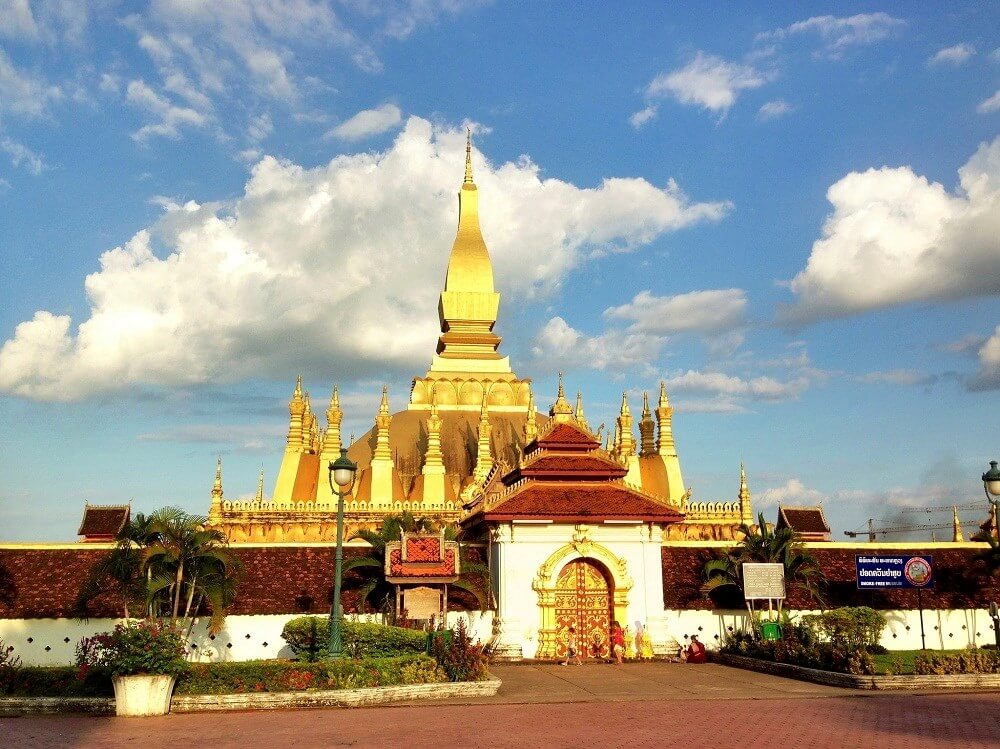
Vientiane, known as the "city of peace", is the capital city of Laos, also the center of politics, culture and economy of Laos. The city lies on the left bank Mekong River, the other side is Thailand. In the cities of Southeast Asia, perhaps Vientiane is one of the least capitals intact and the war affected. Therefore, the capital's architecture brings ancient features that not many places in the world can be. From the spiritual construction such as temples to the houses of local people here carry nostalgic beauty, make the whole city becomes extraordinarily quiet. Laos has around 1,400 large and small temples. Therefore, there is no wonder that most of the attractions in Vientiane are temples. All of the temples here were built under the same ancient architectural style, however, each temple here has various unique features, show the creativity of its people. Besides the temple’s architecture and monumentalism in scale, Vientiane crystallize characteristics make very own Laotians personality. It is the cultural depths of a 452 year old capital that Buddhism was the chosen nation national religion. Buddhism permeates every human, every area, creates a feeling of intimacy and tranquility.